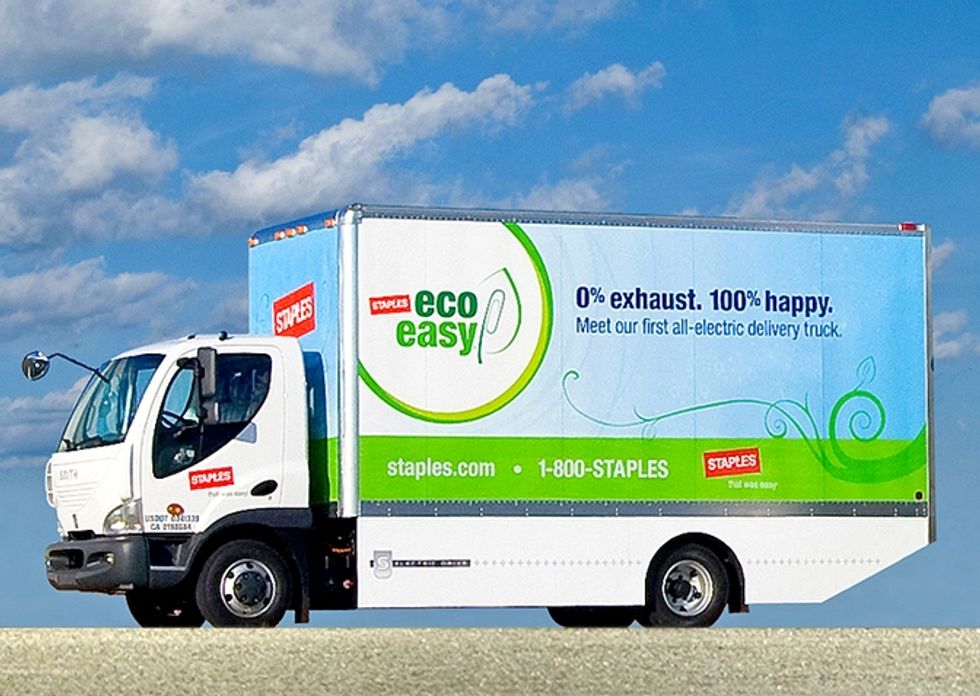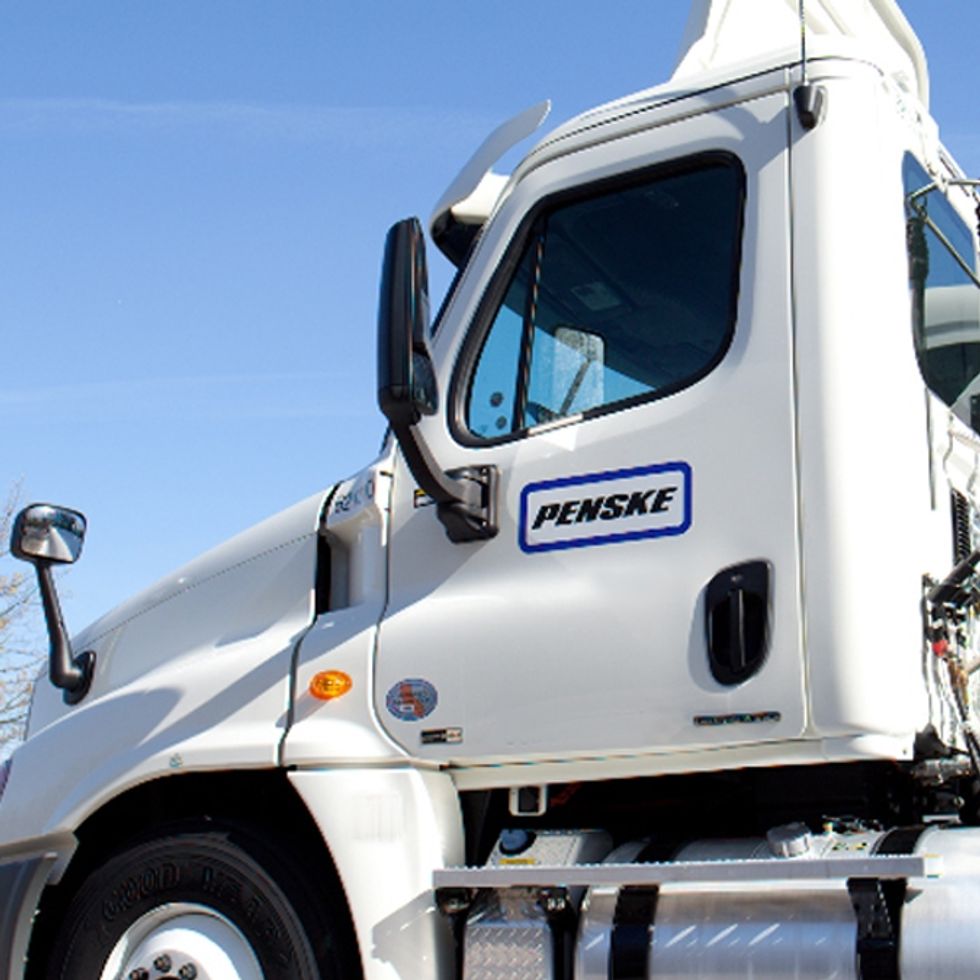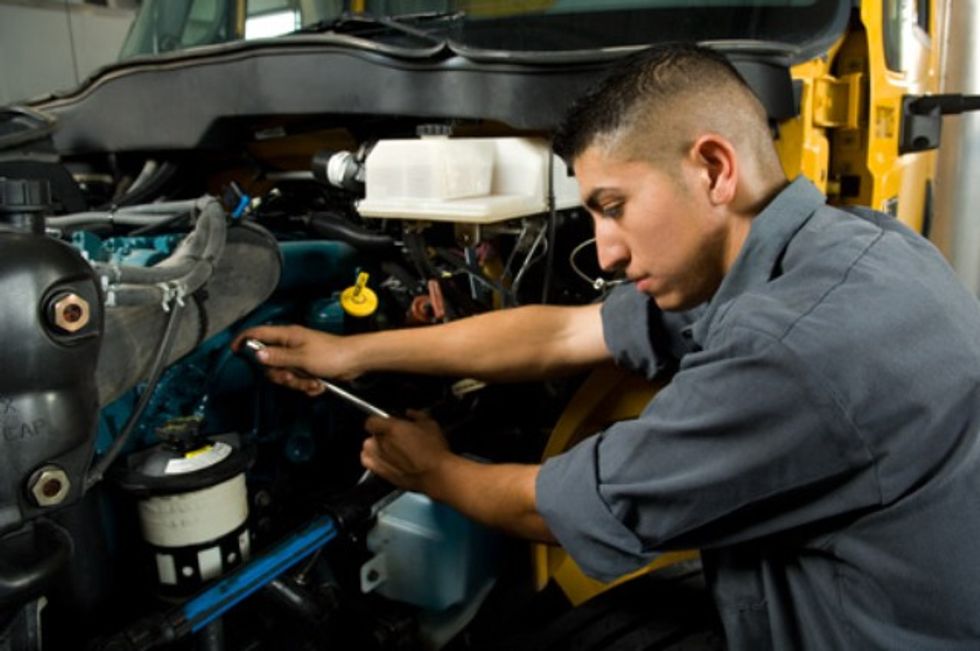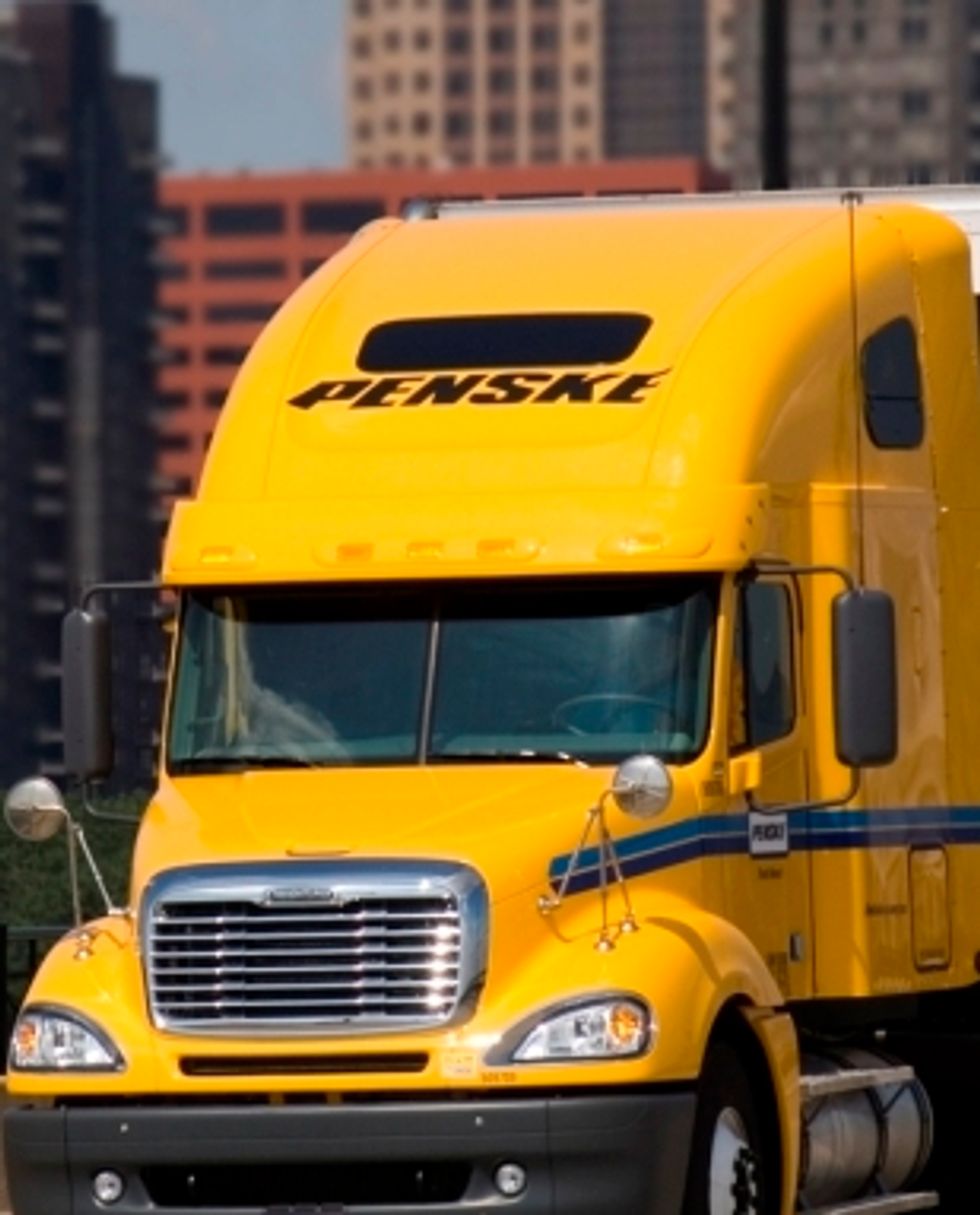Penske Power Climbs Pikes Peak
Over the spring and summer people have sent us hundreds of great photos of Penske trucks in scenic locations across North America for our monthly photo sweepstakes. But, this collection of stunning photos took the idea of "taking the scenic route" in your Penske truck to new heights.
A camera crew working in the Colorado Springs, Colorado area took a break for the day and set out to see the sites, which included a trip to Pikes Peak. When they reached the summit they found a shiny yellow Penske rental truck and sent us these photos, which we set to music.
Here’s a snippet of the email the crew sent:
“Here's a story for you. I was in Colorado this week to shoot a training video. We went out a day early to have more time to scout locations. At the end of the day, we decided to be tourists and go to Pikes Peak. If you've never been there, it's awesome. It’s a tricky 19-mile drive from an elevation of 7,400 feet at the gate to 14,110 feet at the summit. It took me about 45 minutes to make the ascent in my nifty rental Kia SUV.
Imagine my surprise when I found a Penske moving truck at the top of the mountain! It was sitting next to a small building away from the tourist area. So, I knocked on the door and discovered a team of researchers studying the effects of altitude … they brought their equipment from Massachusetts in this truck. I asked the driver how the drive up the mountain was, he said "slow"! But he made it!”
While we don’t recommend this trip for the average Penske Truck Rental driver, it was such a great story we couldn’t resist sharing it with you. Visit Pikes Peak – America’s Mountain to learn more about visiting this area. Enjoy the video!
By "Move Ahead Staff"
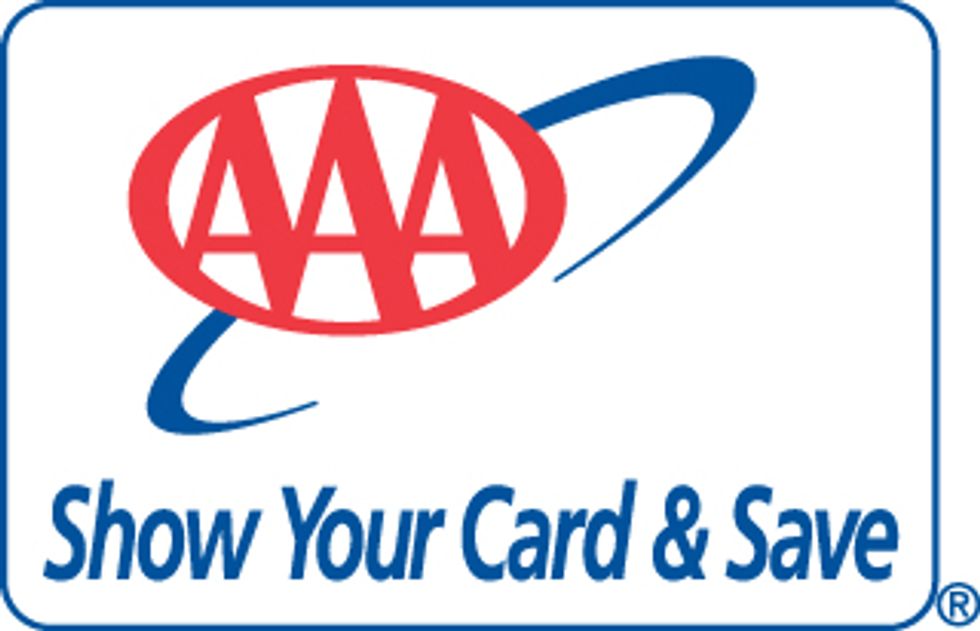
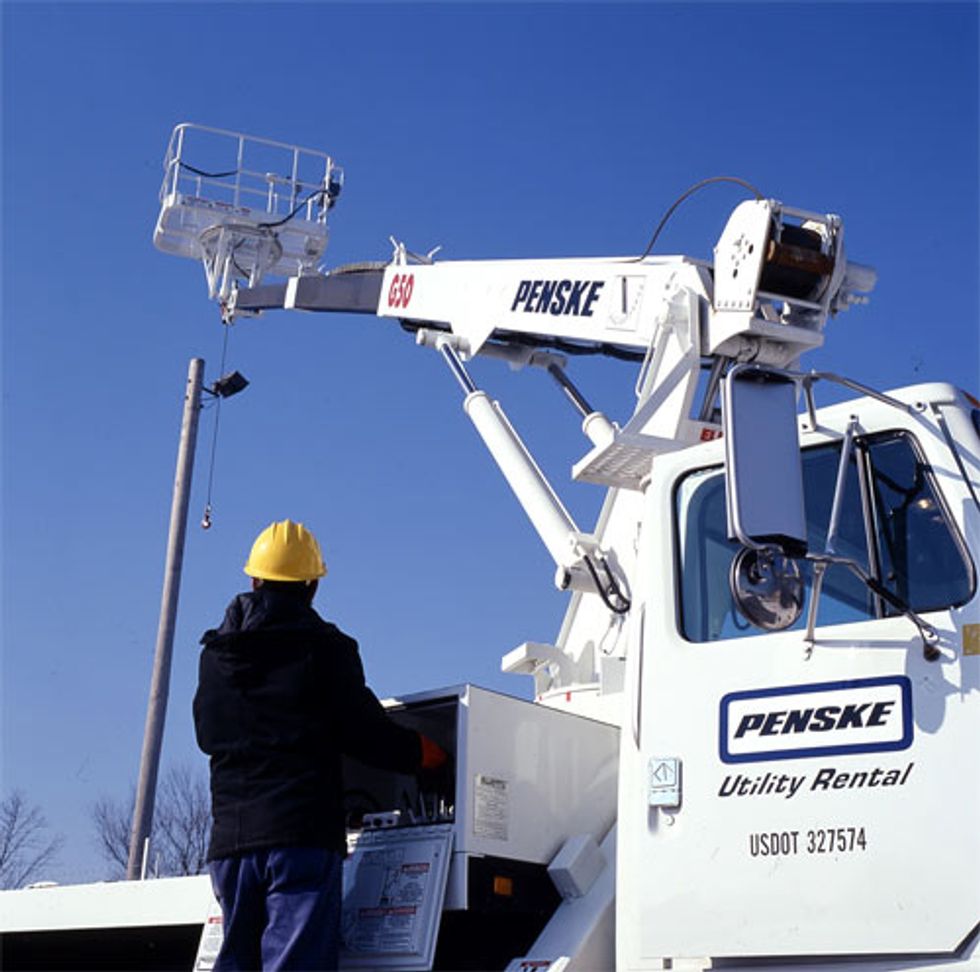

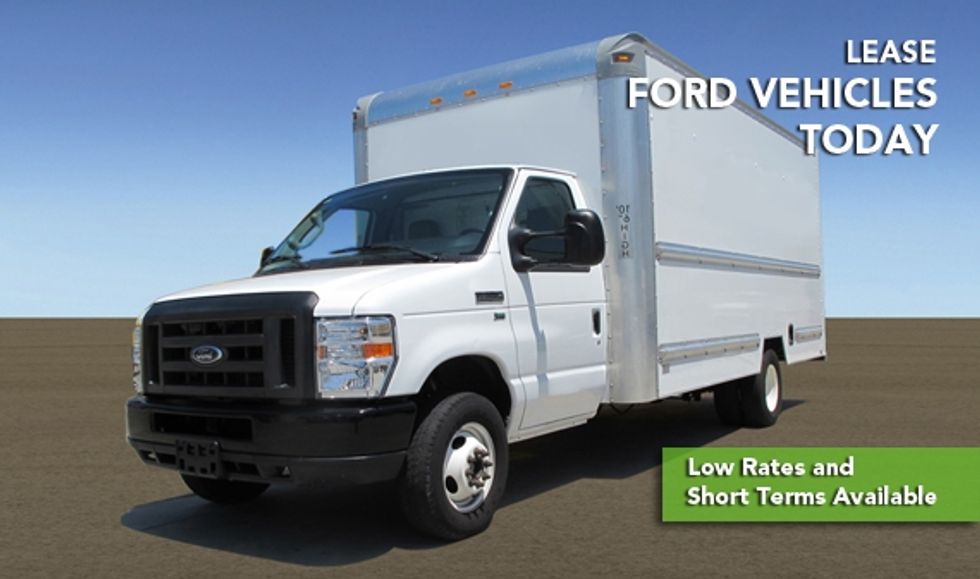
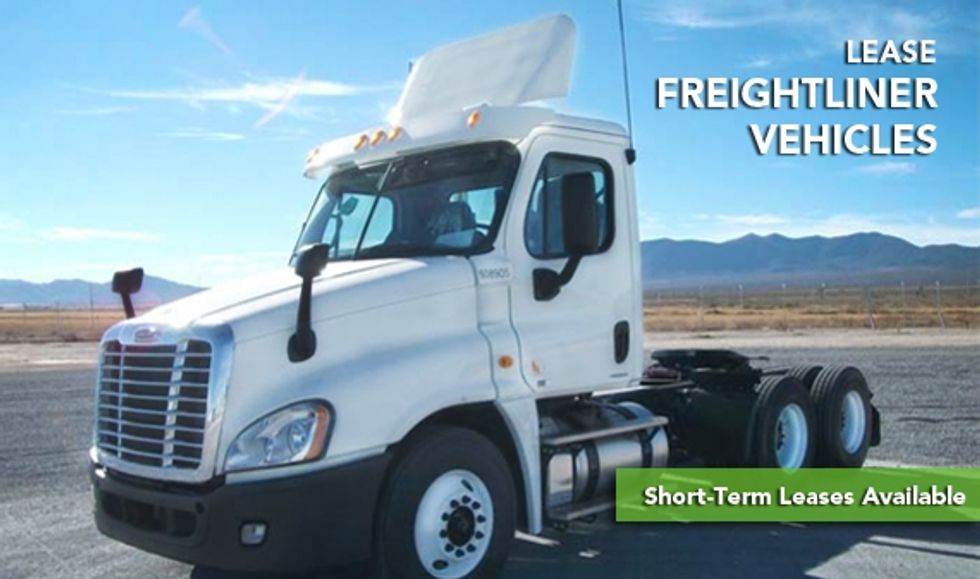
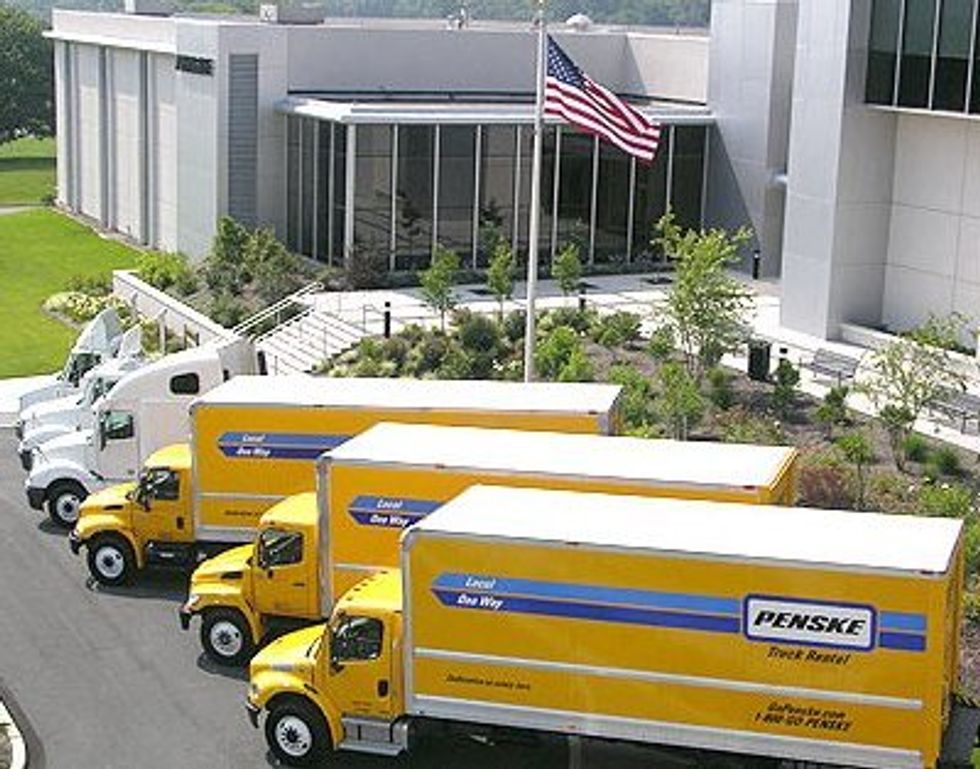
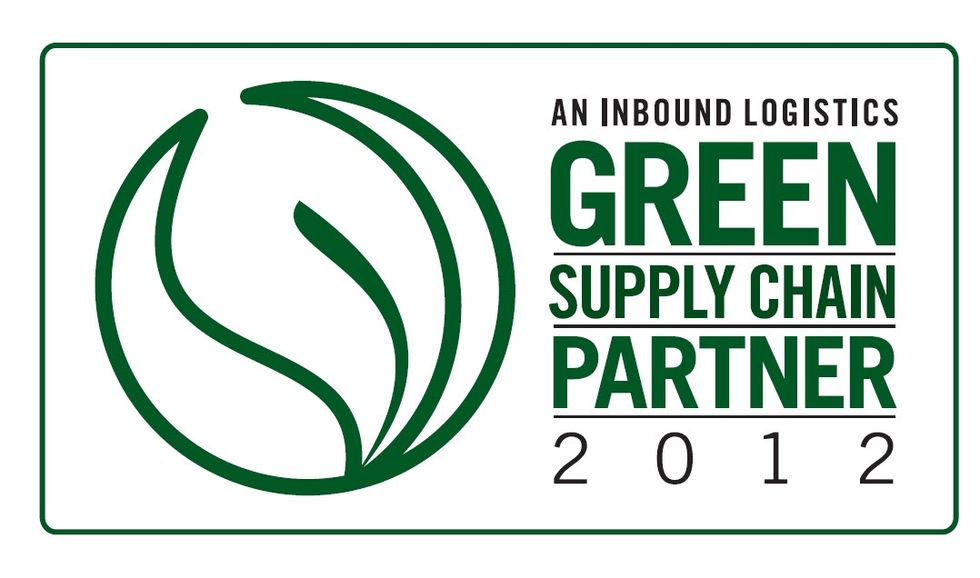
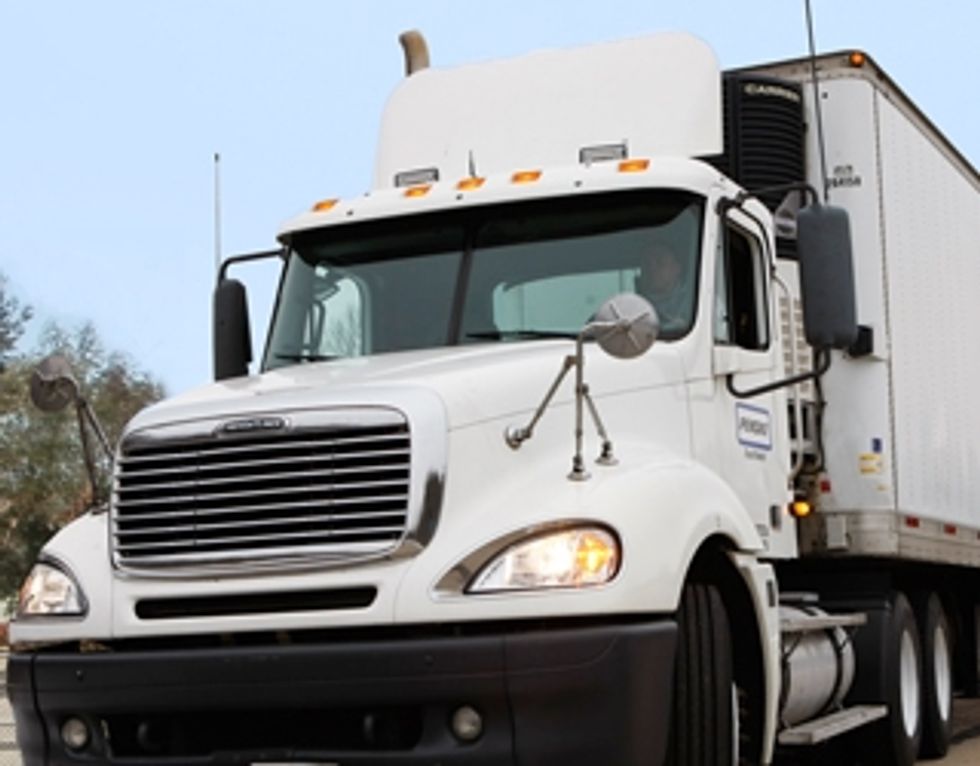 Penske Logistics further leverages its advanced
Penske Logistics further leverages its advanced 

 Cut Idle Time: idling can burn 1.2 gallons of fuel per hour and decreases engine life. Through the use of idle reduction technology, such as auxiliary power units, and by only warming engines up for the minimum time needed, carriers can help minimize unnecessary idling. In addition, educating drivers about the costs associated with idling and offering driver incentives can further reduce idling.
Cut Idle Time: idling can burn 1.2 gallons of fuel per hour and decreases engine life. Through the use of idle reduction technology, such as auxiliary power units, and by only warming engines up for the minimum time needed, carriers can help minimize unnecessary idling. In addition, educating drivers about the costs associated with idling and offering driver incentives can further reduce idling.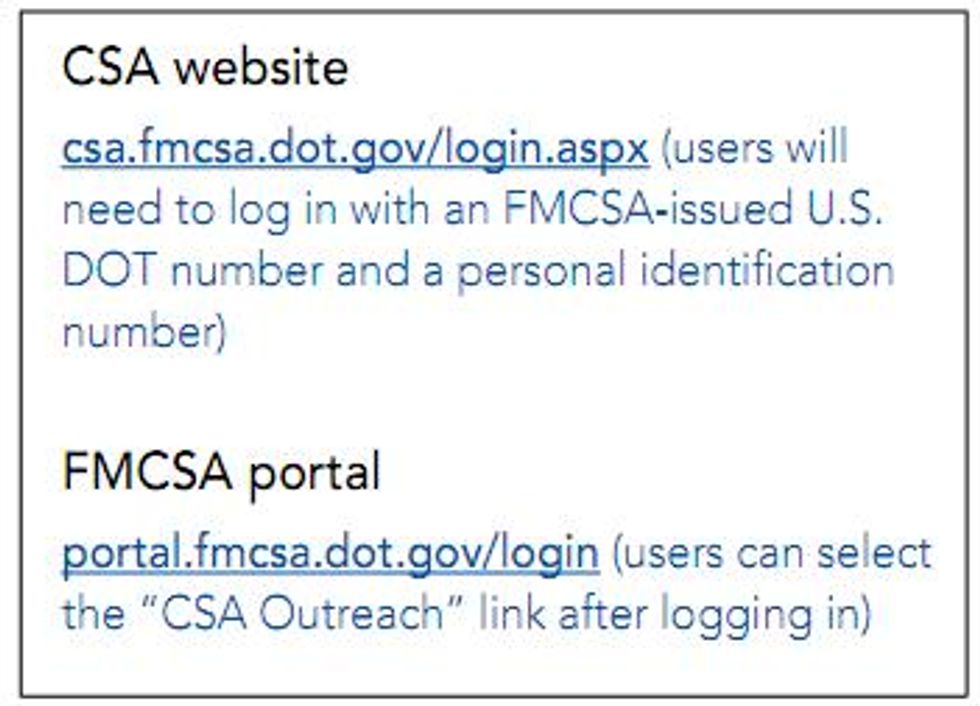
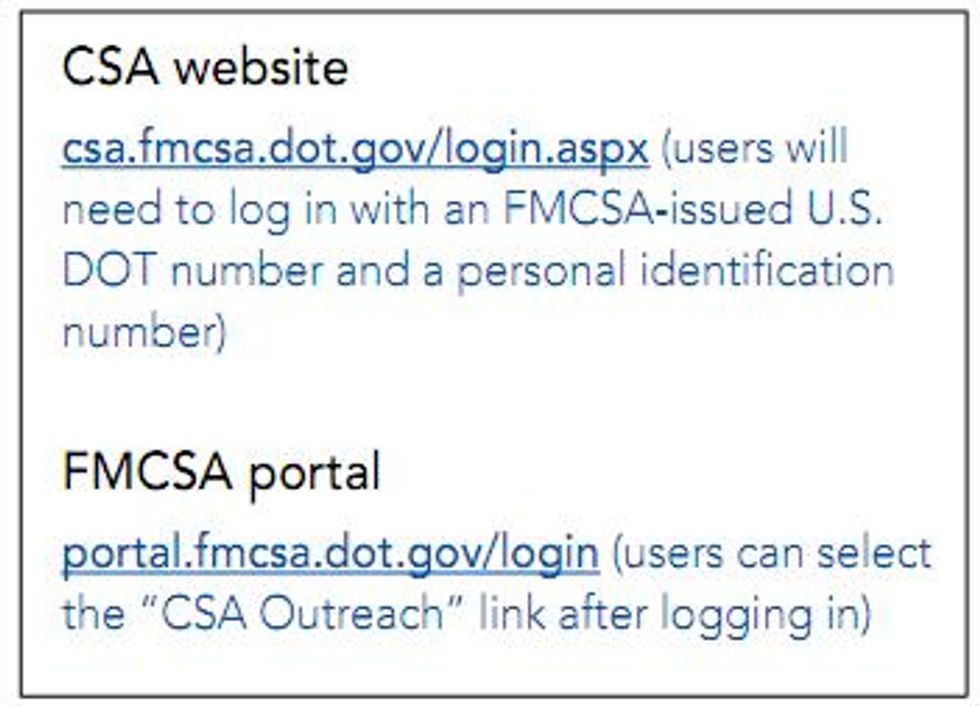 FMCSA will also be renaming the Cargo-Related BASIC to the Hazardous Materials (HM) BASIC, which will better identify HM-related safety problems and change how HAZMAT carriers are classified to allow for increased intervention scrutiny. Now HAZMAT violations will be placed in the HAZMAT BASIC, which will better identify HAZMAT-related safety problems and change how HAZMAT carriers are classified to allow for increased intervention scrutiny. The HAZMAT BASIC will include items such as placarding and paperwork violations.
FMCSA will also be renaming the Cargo-Related BASIC to the Hazardous Materials (HM) BASIC, which will better identify HM-related safety problems and change how HAZMAT carriers are classified to allow for increased intervention scrutiny. Now HAZMAT violations will be placed in the HAZMAT BASIC, which will better identify HAZMAT-related safety problems and change how HAZMAT carriers are classified to allow for increased intervention scrutiny. The HAZMAT BASIC will include items such as placarding and paperwork violations.

